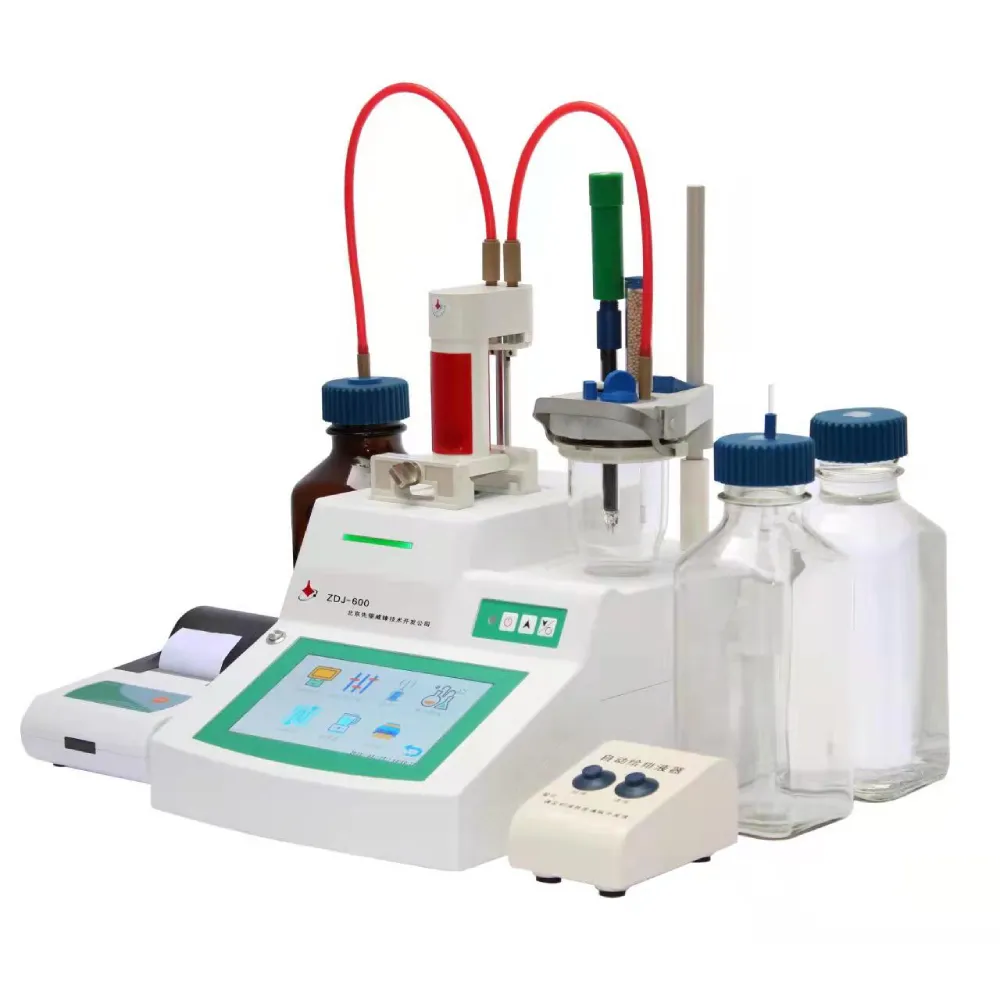 English
English


short circuit test of transformer is done to determine the
Understanding the Short Circuit Test of Transformers
The short circuit test of a transformer is a vital procedure in electrical engineering that helps determine several important parameters of transformer performance. Primarily, this test is used to measure the copper losses, assess the voltage regulation, and evaluate the overall efficiency of the transformer. This article will delve into the significance of the short circuit test, its procedure, and its implications for electrical systems.
Purpose of the Short Circuit Test
The primary purpose of the short circuit test is to simulate the conditions under which the transformer operates during normal functioning, particularly under full-load conditions. By applying a reduced voltage at the primary side while shorting the secondary winding, engineers can calculate the equivalent circuit parameters of the transformer. This test helps in understanding the internal resistances and reactances that the transformer encounters when it delivers power to the load.
Procedure of the Short Circuit Test
The short circuit test is conducted as follows
1. Setup The transformer is disconnected from the power supply, and the secondary side is short-circuited by connecting the terminals with a low-resistance conductor. The primary side is then connected to a variable voltage supply.
2. Voltage Application The variable voltage is gradually increased until the rated full-load current flows through the primary winding while maintaining the secondary winding short-circuited. It is crucial to monitor the current and ensure it does not exceed the rated capacity of the transformer.
3. Measurements During the test, measurements of the voltage, current, and power are recorded. The input voltage and power consumed during the test will provide insights into the copper losses that occur within the transformer.
short circuit test of transformer is done to determine the

4. Calculation of Parameters From the recorded measurements, engineers can extract critical parameters such as the series resistance (r) and reactance (x) of the transformer by analyzing the short circuit impedance (Z) which is derived from the applied voltage and the measured current.
Significance of Test Results
The results from the short circuit test hold significant importance for several reasons
1. Copper Losses Measurement The copper losses, also known as I²R losses, are determined from the power readings during the test. This helps in assessing the efficiency of the transformer, especially since these losses primarily occur due to the resistance in the windings.
2. Voltage Regulation Analysis By understanding the equivalent circuit parameters, engineers can predict how the transformer will behave under load conditions. This analysis is essential for ensuring that the transformer can maintain a stable output voltage despite changes in load.
3. Design Improvements The data obtained can guide designers in optimizing the transformer design. By knowing the losses and behavior under varying load conditions, they can implement measures to enhance efficiency, such as improving winding materials or adjusting the turns ratio.
4. Maintenance Scheduling Regular short circuit testing serves as a diagnostic tool to assess the health of transformers within a power distribution network. Consistent anomalies in test results may indicate underlying issues that need to be addressed before they escalate into more severe problems.
Conclusion
The short circuit test of a transformer is an essential procedure that contributes to the reliable operation and efficiency of electrical systems. By accurately measuring parameters such as copper losses and equivalent circuit impedances, electrical engineers can make informed decisions regarding the design, implementation, and maintenance of transformers. As the demand for efficient and reliable energy distribution continues to rise, mastering the intricacies of short circuit testing will remain paramount in the field of electrical engineering.
-
Differences between open cup flash point tester and closed cup flash point testerNewsOct.31,2024
-
The Reliable Load Tap ChangerNewsOct.23,2024
-
The Essential Guide to Hipot TestersNewsOct.23,2024
-
The Digital Insulation TesterNewsOct.23,2024
-
The Best Earth Loop Impedance Tester for SaleNewsOct.23,2024
-
Tan Delta Tester--The Essential Tool for Electrical Insulation TestingNewsOct.23,2024





